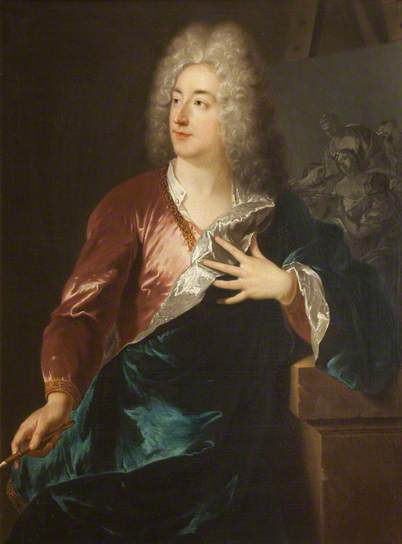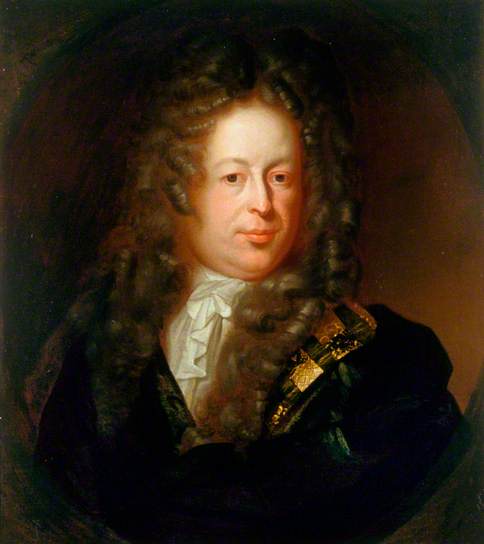| YouTube Videos |
| FILTERS: |
| ALL |
| Misc. Soc Media |
| Miscellaneous |
| Ebooks | |
| Kindle Elbow |
| Culture |
| Antony Gormley - Sculptor | |
| Grayson Perry - Artist | |
| Jo Nesbø - Thrillers | |
| Lytham Art Collection - Hyacinthe Rigaud | |
| Sandra's Web Gallery |
| Android |
| Android-x86 |
| Backup Cloning |
| Chromecast |
| Dual Boot MultiBoot |
| Linux |
| Messaging IM SMS |
| Music Jazz MPB |
| Remote Controls |
| Screen Recording |
| Smart-TV IPTV |
| USB Flash Drives |
| Windows |
 |
Krister's Blog krister at hallergard dot com | Last Updated: 2014-07-20 |
|
The Lytham St Annes Art Collection
is among the finest town hall collections in the country. In the 1700s, along with many seaside towns, Lytham gained a reputation as a health resort. In the 1840s the railways arrived, thus expanding the area’s connections to the industrial cities of the North West. Lytham St Annes became a prosperous area of the Fylde, with a high percentage of residents being businessmen and merchants from Manchester and Liverpool.
(attributed to Hyacinthe Rigaud, possibly an 18th century copy) Oil on canvas, 113.1 x 87.1 cm Collection: Lytham Art Collection of Fylde Borough Council The portrait shows a young aristocratic man in his wig and fine clothes. In his right hand he is holding a brush and behind him is an easel with a work in progress. This leads us to believe that he is an artist, and the portrait is similar to others done by Rigaud, showing more the position in society of the person than a psychological portrait. |

|
 |
Hyacinthe Rigaud
1659–1743 Nationality: French (b Perpignan, 18 July 1659; d Paris, 29 Dec. 1743) French portrait painter, the friend and rival of Largillière. He began his career in Montpellier and settled in Paris in 1681. His reputation was established in 1688 with a portrait (now lost) of Monsieur, Louis XIV's brother, and he became the outstanding court painter of the latter part of Louis's reign, retaining his popularity after the king's death. He was less interested in showing individual character than in depicting the rank and condition of the sitter by nobility of attitude and expressiveness of gesture. These qualities are seen most memorably in his celebrated state portrait of Louis XIV (1701, Louvre, Paris), one of the classic images of royal majesty. Rigaud painted many important figures in the world of art such as the sculptors Desjardins, to whom, as an old friend, he delivered three successive portraits, Girardon and Coysevox; the painters Joseph Parrocel, La Fosse and Mignard; the architects De Cotte, Hardouin-Mansart and Gabriel. He also painted portraits of poets such as La Fontaine or Boileau, as well as religious figures such as the cardinal de Fleury and Bossuet; many influential archbishops and bishops paid large sums of money for a portrait. Hyacinthe Rigaud on Wikipedia |
|
The Donor
Mr. Alfred Davey 215 Clifton Drive South Lytham St Annes, Lancs. date of donation 24 September 1945 |
Portrait of an Artist, According to local records the donor was probably: Mr. Alfred Davey b. 11 October 1894 in Darwen d. 24 August 1960 in Preston, Lancs. |